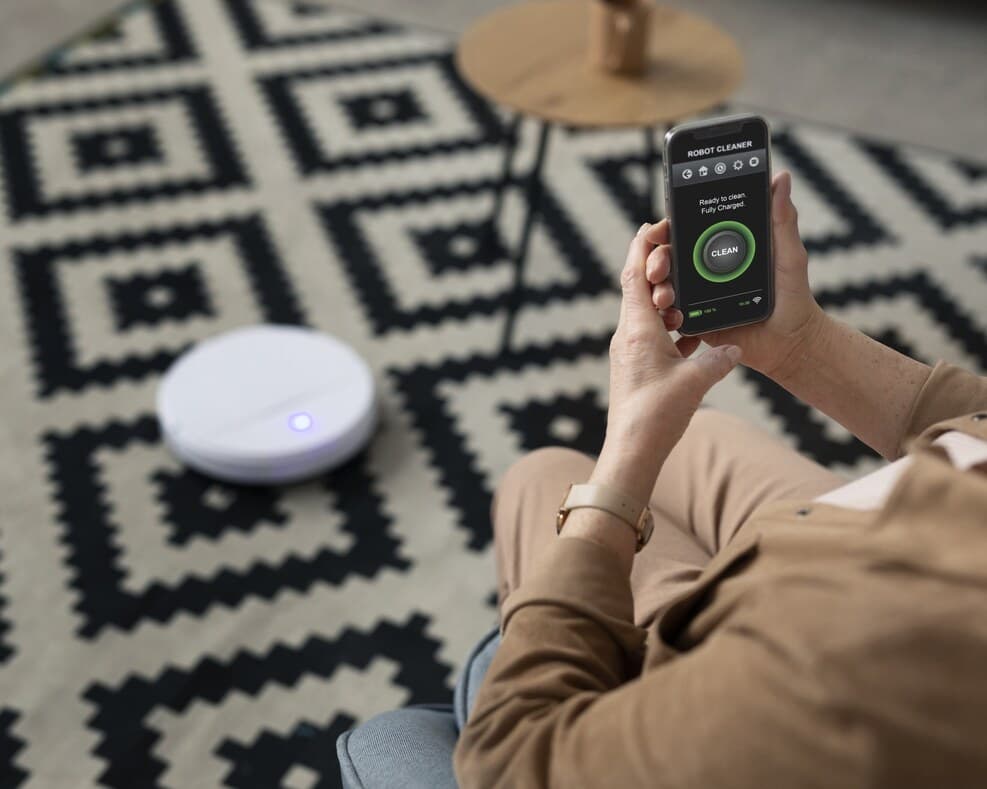Smart home technology has evolved significantly, and 2024 brings exciting new possibilities for home automation. This comprehensive guide will help you build a connected home that's both functional and future-proof.
Understanding Smart Home Ecosystems
Before diving into specific devices, it's crucial to understand the major smart home ecosystems:
- Amazon Alexa
- Google Home
- Apple HomeKit
- Samsung SmartThings
Each ecosystem has its strengths and limitations. Your choice will affect which devices you can integrate seamlessly into your smart home.
Essential Smart Home Categories
1. Smart Lighting
Smart lighting is often the gateway to home automation. Popular options include:
- Philips Hue: Premium, feature-rich ecosystem
- LIFX: Bright, colorful bulbs with no hub required
- Nanoleaf: Decorative lighting panels
- Smart switches vs. smart bulbs considerations
2. Smart Security
Protect your home with these essential security devices:
- Video doorbells (Ring, Nest, Arlo)
- Security cameras with AI detection
- Smart locks with multiple access methods
- Window and door sensors
3. Climate Control
Smart thermostats can significantly reduce energy costs:
- Nest Learning Thermostat
- Ecobee with room sensors
- Smart AC controllers
- Automated blinds and curtains
Advanced Integration Tips
Take your smart home to the next level with these advanced features:
Automation Scenarios
Create powerful automations that make your home truly smart:
- Morning routines (lights, coffee, news)
- Away modes (security, energy saving)
- Entertainment scenes
- Weather-based adjustments
Voice Control
Optimize voice commands for different scenarios:
- Strategic speaker placement
- Custom commands and routines
- Multi-room audio control
- Voice match for personalization
Privacy and Security Considerations
Protect your smart home network:
- Separate IoT network setup
- Regular firmware updates
- Strong password policies
- Data privacy settings
Future-Proofing Your Smart Home
Consider these factors for long-term success:
- Matter standard compatibility
- Local processing capabilities
- Expandability options
- Backup power solutions
Troubleshooting Common Issues
Be prepared for these common challenges:
- Network connectivity problems
- Device pairing issues
- Automation conflicts
- Power outage recovery
Conclusion
Building a smart home is an ongoing journey. Start with the basics and expand gradually based on your needs. Focus on reliability and interoperability when choosing devices, and always prioritize security in your setup.

